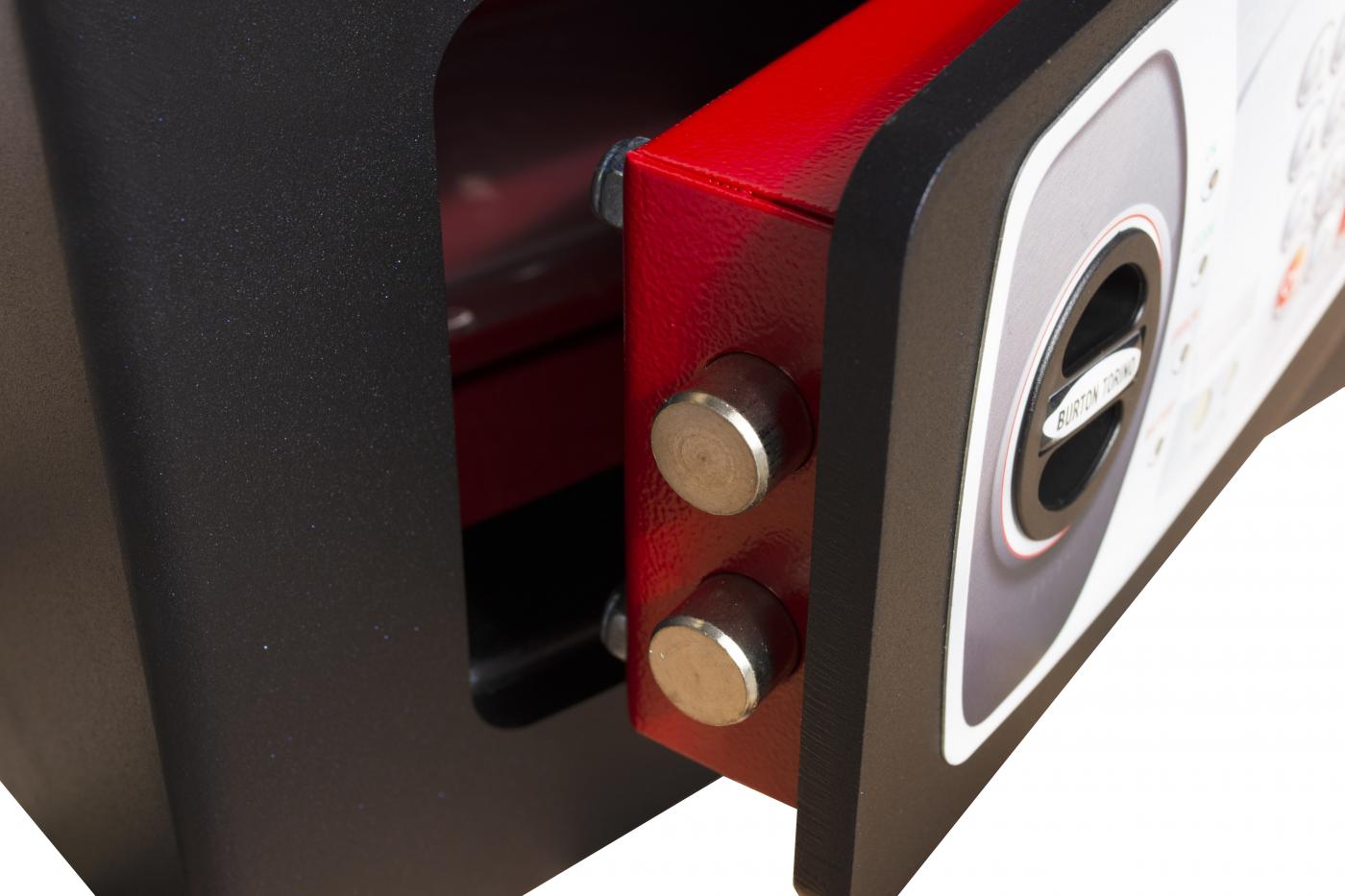All About Locks for Safes
Here is a list of terms used in the Safe Manufacturing Industry for the various type of locks available and how they are utilised.
User Code - The individual pin code programmeed by a Manager or the Person using the safe
Manager Code - Specific pin code programmed by the Manager designated to control all passwords
Master Code - A pre-programmed factory code to allow access to programme codes on the initial delivery. This can sometimes be re-programmed by the Manager
One Time Code - This is a code that can only be used once and once used is automatically disabled - Sometimes called an OTC
Time Delay Lock - This is a setting that allows the manager to pre-set the lock so that it will only open after a set duration after the code has been entered.
Time Lock - This setting is widely used in Banks and Retail Stores so that the safe can be programmed to only open within set hours each day. This will prevent the safe being accessed when the building is closed.
Duress Code - This a code which will not only open the safe, but will also silently raise an alarm signal to the Police or a Burglary Monitoring Station to signal that you are opening the safe under duress. This code would obviously not be used for everyday use!
Audit Trail - This electronic log offers the ability to make a record for every time the safe has been accessed and will offer a time and date stamp plus the user ID to management for analysis. This can be accessed by the manager code by either from a LCD screen on the keypad or via a USB lead from the lock to a laptop using dedicated software.
Biometric Lock - This lock is also widely known as either a Fingerprint or Fingerscan lock. You can normally programme multiple fingerprints and in the case of an Audit Control Biometric Lock have a record of who and when the safe was accessed. In most cases a Biometric Lock can also be accessed by a pin code as well, via a keypad.
Dead Bolt Lock - Once the pin code is entered, the Key Pad has to be turned to manually release the safe bolts.
Swing Bolt Lock - Once the correct code or the key has been used the user manually turns the handle to release the door bolts and thereby open the safe door.
Motorised Bolt Lock - The bolts automatically are released by an electronic motor as soon as the correct pin code has been entered
Electronic Lock - All Electronic combiunation locks are powered by standard Alkaline batteries - always use a quality battery. Even if the battery is left to expire your programmed code can still work when the new battery is fitted. On low priced safes (those usually without a test certificate) you are suplied 1 or 2 override keys for access to change the battery. For Certified and Tested safes this is not usually allowed and other methods of changing the battery are used - either the battery is on the outside beneath the keypad or alternatively the batteries are fitted into the rear of the door and access to the safe is by powering battery power points on the keypad face, usually with a 9v battery, entering your code and then replacing the battery.



